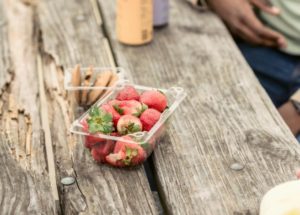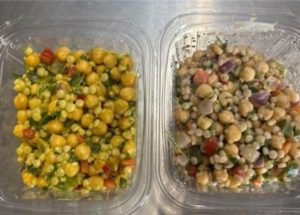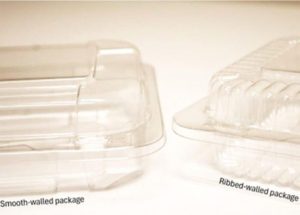Aug 18, 2025
PET and The Battle of Bioplastics Part III: PEF
PEF and PET packaging: PEF is a plant-based rival to PET with better performance. Why it matters: PEF fits existing PET lines — no overhaul needed. Top benefits: Better barriers, more heat resistance, stronger, greener. Big hurdles: High cost, low supply, no recycling system (yet). You’ve seen this story before — another “revolutionary” bio-based packaging […]
Read More +
Aug 13, 2025
PET and The Battle of Bioplastics Part II: PHA
PHA and PET packaging: PHA is compostable but lacks PET’s strength, clarity, and heat resistance. Production problems: Complex, costly, and inconsistent due to bacterial fermentation synthesis. Performance limits: Often needs PLA blending to function — not viable solo for most packaging. Eco-reality: Biodegrades well, but harsh extraction methods raise sustainability concerns. In Part I, PLA […]
Read More +
Aug 11, 2025
PET and The Battle of Bioplastics Part I: PLA
PLA and PET go head-to-head — PET wins on cost, clarity, and recycling; PLA is plant-based but limited. PET leads with strong barriers, low cost, and solid infrastructure. PLA struggles with heat, moisture, and composting challenges. Smart brands mix and match — PET for most, PLA where it fits. “Ding, ding, ding! Everyone gather ’round! […]
Read More +
Aug 06, 2025
The Sustainability Dilemma That’s Keeping Food Industry Leaders Up at Night
Sustainable packaging terms are often misused, and each one requires different disposal systems. Infrastructure is the real barrier, not the materials themselves. Bio-based doesn’t mean biodegradable — and many don’t break down at all. No one-size-fits-all — your best option depends on product needs and local systems. You’re standing in your office, staring at samples […]
Read More +
Jul 28, 2025
Where is OPS Today, and Have Food Industry Pros Abandoned It?
OPS packaging is disappearing from shelves due to limited recyclability, heat sensitivity, and shrinking supply — despite its clarity and low cost. PET took the lead with better durability, barrier properties, and widespread recyclability, making it the go-to for modern food packaging. Sustainability matters: OPS (#6) has little recycling support, while PET (#1) aligns with […]
Read More +
Jul 18, 2025
How UV Light Affects Fresh Food in Packaging
UV light exposure can damage food quality, causing oxidation, nutrient loss, color fading, and flavor changes. UV-blocking films and coatings protect freshness and extend shelf life. Materials like PET offer partial protection, but additives improve UV defense. Choosing the right barrier means balancing protection, clarity, recyclability, and compliance. You just got a shipment of premium […]
Read More +
Jul 14, 2025
Why You Need to Understand the Carbon Footprint of Plastic Food Packaging
The carbon footprint of plastic covers its full life cycle, from production to disposal. PP and PE emit less CO₂e than PET; bioplastics aren’t always greener. Plastic often beats glass and paper in carbon impact due to light weight. Scope 3 emissions are big — better recycling helps reduce them. Imagine holding a plastic food […]
Read More +
Jul 09, 2025
Smooth-Walled vs. Ribbed-Walled Packaging: Which is Better?
Ribbed walls = strength with less plastic, offering structural support and sustainability through material reduction. Smooth walls = premium look and clarity, boosting product visibility and shelf appeal. Switching to smooth may increase cost or thickness unless design is optimized for balance. Best choice depends on product and positioning: ribbed for value/bulk items, smooth for […]
Read More +
Jul 07, 2025
The Business Case for Recycling Stream Knowledge
Know the stream, not just recyclability — understanding whether packaging enters single-stream or dual-stream recycling affects actual recovery rates. Plastic types 1, 2, and 5 are key — PET, HDPE, and PP need proper sorting to avoid contamination in recycling plants. Modern sorting tech matters, but consumer behavior (and contamination) largely determines what actually gets […]
Read More +
Jun 30, 2025
These Are the Best Recycling Practices for Food Industry Heroes
Master recycling codes: Recycle food-grade plastics (#1, #2, #5); avoid polystyrene and mixed plastics. Prep simply but smart: Light rinse only; leave caps, labels, and rings on. Optimize for equipment: Compress containers; keep small items attached so they don’t get thrown out. Know your local MRF: Understand nearby recycling tech and systems to design packaging […]
Read More +











